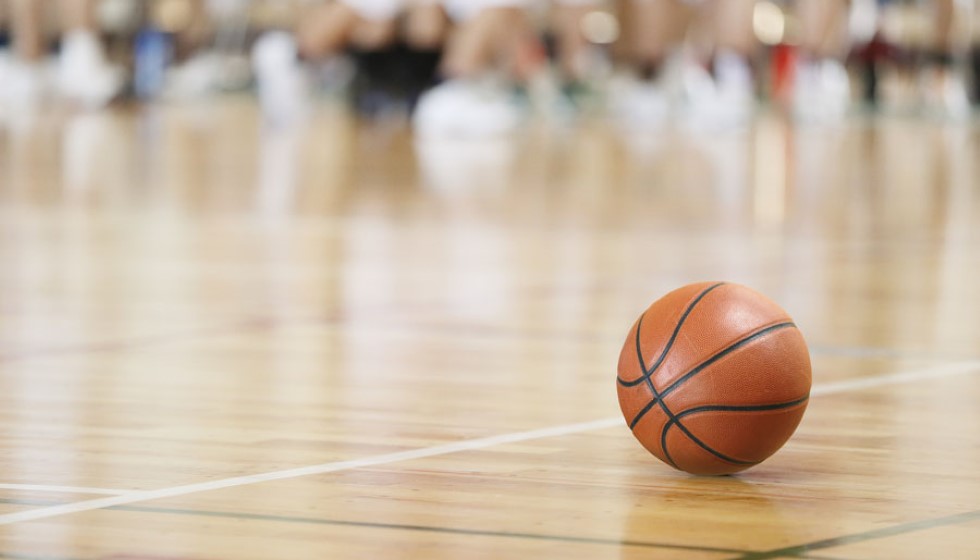
The Denver Nuggets have established dominance in their matchups against the Los Angeles Lakers, a trend that started at the beginning of 2023 and carried through both the regular season and playoff battles. The Nuggets faced off against the Lakers in eight regular-season games, all of which resulted in victories for Denver. Their playoff encounters were similarly lopsided, with the Nuggets winning eight of the nine games.
Interestingly, despite the Lakers leading at halftime in all five games they played against the Nuggets, they were unable to convert those leads into victories. This underlines a critical aspect of Denver's resilience and strategic acumen, particularly in high-pressure situations.
Playoff Struggles and Key Losses
However, the Nuggets' playoff run was not without its hiccups. They confronted significant challenges along the way, most notably in Game 7 against the Minnesota Timberwolves. Despite holding a 20-point lead, the Nuggets found themselves on the losing end, a turn of events that served as a sobering reminder of the unpredictable nature of the playoffs.
Injuries also played a crucial role in the postseason, affecting numerous teams and matchups. In the 2024 postseason alone, 10 out of 15 series saw at least one All-Star missing a game due to injuries. This statistic was slightly lower in 2023, with injuries impacting 7 out of 15 series. The New York Knicks, for instance, had to compete against Indiana with a significant portion of their role players sidelined, while the Timberwolves faced similar challenges in their matchup with the Nuggets.
Context and Challenges
The impact of the COVID-19 pandemic continues to be felt in the NBA. Commissioner Adam Silver noted that the 2020-21 season was compressed to 72 games due to the pandemic. Reflecting on the effects of this shortened season, Silver commented, "Last season, entirely because of COVID issues which compressed the schedule, we played 72 games." He further elaborated on the notion of reducing injuries by shortening the season by ten games, stating, "I thought that was a pretty good answer for all those people who said we'd reduce injuries by playing 10 fewer games, that was quickly forgotten."
The league's financial landscape has also shifted dramatically. The NBA's new television deal, valued at $76 billion over 11 years, translates to roughly $6.9 billion annually. Despite this lucrative agreement, the league has seen a decline in playoff ratings, which dropped 12% from the previous year. The Finals between the Celtics and Mavericks managed to draw an average of 11.3 million viewers, a respectable figure, but one that highlights the ebb and flow of viewer engagement.
Fan Engagement and Future Prospects
Another challenge the NBA faces is engaging younger audiences. A 2021 study revealed a stark contrast in sports fandom between generations, with only 23% of Gen-Z respondents identifying as sports fans, compared to 42% of millennials. This generational gap poses a significant challenge for the league as it strives to maintain and grow its fan base.
For the Nuggets, team dynamics and player perspectives offer revealing insights. Kentavious Caldwell-Pope reflected on the team's energy expenditure and the expectations surrounding their performance. "You know how like, towards the playoffs, guys get their rest? But I feel like that's where we spent most of our energy and our time trying to get first place," he said. Caldwell-Pope also expressed a candid belief about their opponents, "We felt the Lakers should have beat us," highlighting the competitive respect and internal pressures teams face.
As the NBA continues to navigate through post-pandemic challenges, shifting fan demographics, and competitive dynamics, the resilience and performance of teams like the Denver Nuggets remain a focal point of interest. Their recent history against formidable opponents like the Lakers underscores the unpredictable and thrilling nature of the sport. With financial deals in place and player health being continuously monitored, the league aims to strike a balance between maintaining high-level competition and ensuring the well-being of its athletes.